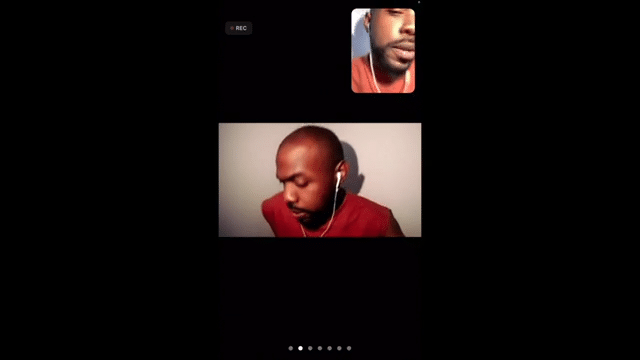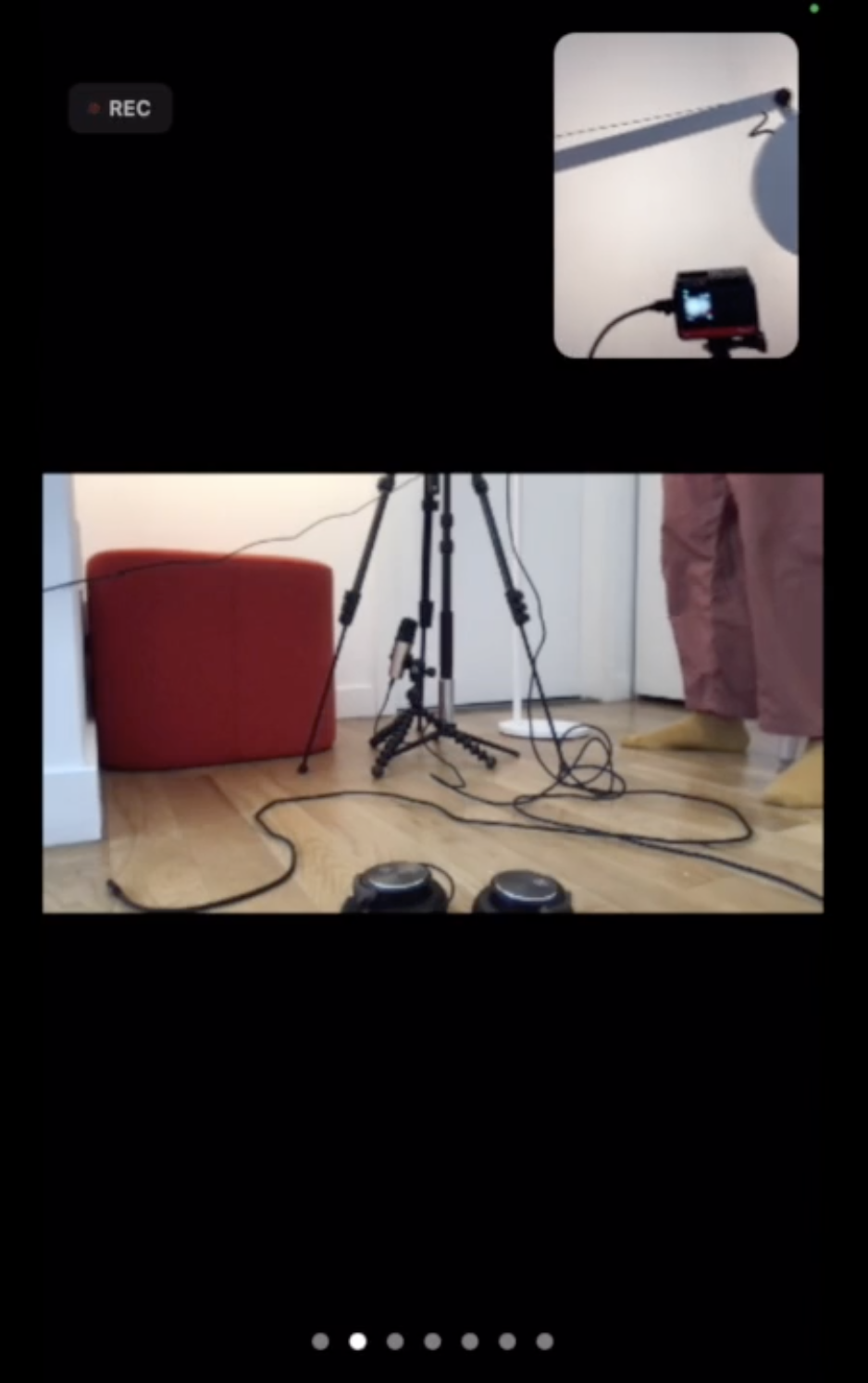Work > Performances > Designed documentation
Designed documentation
Designed documentation is a lecture performance about linguistics and system related to live-streamed/documented performance art.
The pandemic era has been a tipping point for the performance art community. The tangible nature of the practice has often questioned the integrity of the act of documenting. Lockdowns and social distancing have forced live art practitioners to rethink the framing of performance and the definition of liveness.
Beyond the diversity of experiences offered worldwide, this moment creates a discussion about the former audience and the new users. How to find balance and proximity between subject and object?
What is happening to the artists when Zoom/Skype/etc. are taking their function of medium away from them?
Designed documentation is a case study and a playground about the protocols, the limits and the culture of live performance framed inside a digital platform and embedded on smart devices.
The political nature of performance art is in question as well. Convenience can't elude the problem of performing as part of the GAFA agenda. The other issue raised is about the nature of the documentation. Is a live performance art/documentation a work of art or another content lost between memes and trends?
There is no clear or definitive answer but the limits of the hardware, the wire chaos, and the incompatibility between services are orienting the performance journey.
The repetitions or rituals of the pre-production of a digital live performance/documentation transform the bodily experience. Therefore the digital framing has a physical impact and creates a behavioural pattern.
The paradox of this tools-centric practice is that it encompasses technology, capitalism and creation, which are a part of a larger ecosystem. The performance has to exist digitally before its enactment in order to seduce an audience. And the performance has to be recycled to prove that it existed.
What is the space of the performer inside this system?
What type of neo-art linguistic can be developed during that limitless but controlled time?
Being viewed via an accounting exercise, gives the performer a sense of spatial purpose. It is complex to establish the place of the invisible during such a mechanical exercise.
Designed documentation retraces the desire of giving everything to strangers from the pre-production stage to the social media throwback a year after, but at what cost? Control as a premise of freedom sets a dangerous precedent if not designed as a map and a mean.
What is the space of the performer?
What is the time of the performance?
Those words performer and performance, are they not the most appropriate designation of this digital industrial endeavour?
If the audience has to be redefined, could it be also the case for the performer and the performance?


